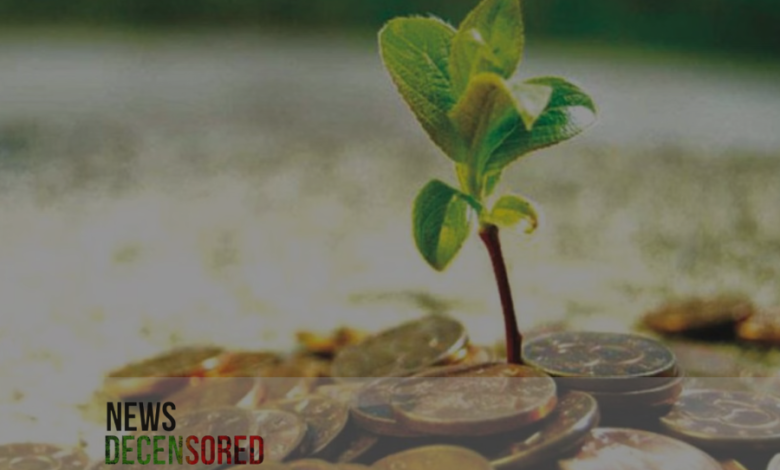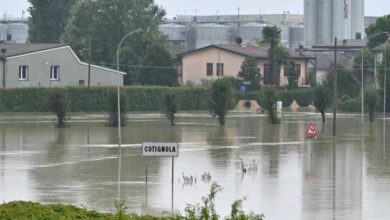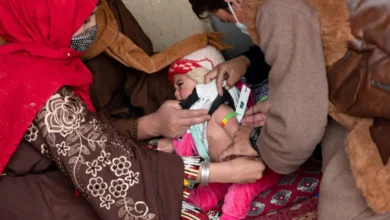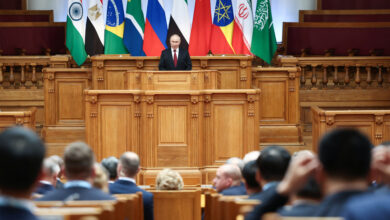The Role of Zakat in Addressing Global Poverty

Poverty is the state of a person in which he has to go without the most basic requirements of life, including food and shelter.
The remedies to cure poverty vary from society to society. One way of curing it is by Microfinance, which is interest-based and party-effective.
However, the Islamic approach is far more powerful and effective, and it is called the Zakat system.
As suggested by the Quran and various Hadiths, when the matter is accompanied by effective marketing, Zakat can be a potential approach towards eradicating poverty across all sections of society.
For whatever good you advance for your souls, you shall find its reward with God in the Hereafter; yet it shall be far better and much more significant in reward (Sûrat Al-Muzzammil, 73:20). Also: Then steadfastly continue to establish the Prayer duly, and give the Zakât-Charity (Sûrat Al-Mujâdilah, 58:13).
Microfinance, in its true sense, pertains to delivering small loans to people experiencing poverty under a collateralized environment to those who cannot access other formal financing sources. Such loans are servicing activities like agriculture and animal farming, fishing, poultry and cattle rearing, and petty trading to alleviate poverty among the poor rural populace.
The origination of an independent Grameen Bank formally signals micro finances followed by national and international accolades to its creator, Dr Yunus, and a Nobel Peace Prize. Many banks, NGOs, and organizations have repeated the same activity and had good business results. Nonetheless, various types of research have revealed that though microfinance has helped borrowers to possess higher income and assets, it has failed to bring positive change for poor clients because of the high interest rates and the poor financial comprehension of recipients.
The Islamic Zakat system is meant to help needy people without expecting reimbursement or interest. Besides supporting the beneficiary with their basic needs, the primary goal of Zakat is to help such a person set up a business and be financially independent. Being a form of social charitable giving, the impact of Zakat on poverty reduction depends on how it will be managed.
Therefore, the effectiveness of Zakat in eradicating poverty is significantly influenced by the approaches used in the disbursement of the funds. In Malaysia, Indonesia, Egypt, several Middle Easterners, and many more countries, Zakat has moreover been regulated by government and non-governmental organizations and thus impacted the recipients positively.
Apart from poverty Eradication of both individuals and households, Zakat funds can be used in infrastructural development, agriculture and farming since these are the sources of income in most Islamic Societies. Zakat can help in generating employment in some or many areas through the creation of small cottage industries and by allowing ordinary men, women and others to sale their products in local markets, thereby helping in checking and preventing the evils of corruption and the other anti-social activities.
The collection and distribution of funds and advertising should be held accountable because people, mosques, and organizations may be involved in the exercise. For example, affluent Muslims in big towns could help the poor eradicate poverty by effectively paying for an Islamic charity called ‘ZAKAT’. This process can be made more accessible by employing the Zakat calculation apps to a certain extent. Historical and Islamic sociology shows that Islamic scholars should devise ways and means of improving the efficiency of the Zakat system.
Therefore, it is only appropriate to say that the effective participation of wealthy Muslims, alongside institutionalizing the system of Zakat coupled with accountability, can effectively apply the system as a tool in the war against poverty. If Zakat can be combined with other anti-poverty instruments, then the conditions of people worldwide can be improved, and the world can be made a fairer place.




